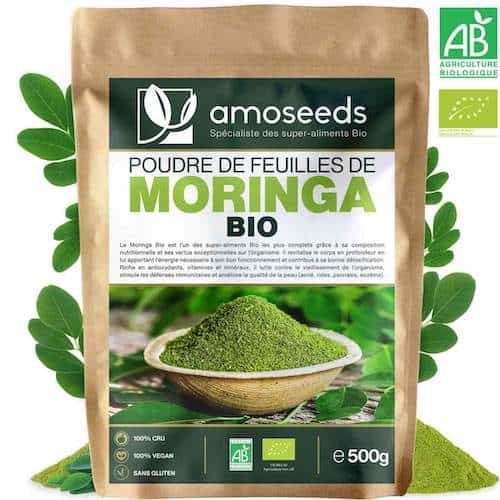Allergies are caused by an inappropriate immune system reaction to allergens. The body then releases histamine, a molecule that spreads through our tissues and causes allergy symptoms, such as repeated sneezing, runny nose, etc.
Antihistamines commonly refer to a class of medications used to block the action of histamine and thus reduce common allergy symptoms. In addition to these medications, there are foods with antihistaminic properties.
Here are the 9 main natural antihistamines. For a full understanding of allergic reactions and how antihistamines work, check out the section after the list!
1. Spirulina
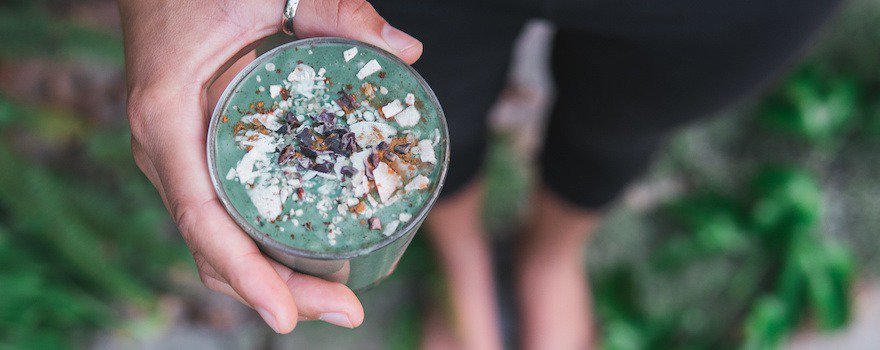
Spirulina contains a natural pigment called phycocyanin, which gives it anti-inflammatory and antihistaminic properties. It helps reduce allergic rhinitis and nasal discharge. This study from Eskisehir Medical University in Turkey highlighted the beneficial effects of spirulina on allergic rhinitis.
Recipe ideas: In powder form, it can be mixed into a drink with lemon juice, kiwi, and a hint of agave syrup, for example. It can be incorporated into a fresh citrus juice: the absorption of iron from spirulina is enhanced by vitamin C. It gives a boost to our smoothie recipes and both sweet and savory preparations.
In flakes, it can be paired with fresh cheese, sardines, lemon juice, and garlic to make delicious tartines. It can also be sprinkled on a salad to enjoy its iodized flavor and crunchiness.
Capsules and tablets are more suited for a treatment approach.
Buy Organic Spirulina: My Selection
I recommend Nutri&Co’s organic spirulina. It is certified organic AB and traceable to its cultivation farm.
I recommend this spirulina because the quality/price ratio is very appealing (4 cents per tablet, below the market average).
It contains 17% phycocyanin and is cold-dried to preserve as many nutrients as possible.
❤ I like: The excellent quality/price ratio, organic certification, and low-temperature drying.
★ Customer reviews (Ekomi): 4.9/5
☞ Quantity: 500 tablets / 3 months of treatment
✔ Our test: Our opinion on Nutri&Co
2. Nettle

It stings, but it can also be eaten! Nettle is packed with nutrients. The stinging nettle (urtica dioica) particularly contains quercetin, a colorful pigment (flavonoid) that could reduce the release of histamine. Moreover, nettle is rich in vitamin C which promotes the absorption of quercetin.
Recipe ideas: In infusion, it can be consumed cooked like spinach. It is recommended to rinse it thoroughly before preparation. It can be used in quiches, savory cakes, soups, or broths with, for example, onion, potato, and a dash of cream.
3. Astragalus

It is one of the top plants in Chinese pharmacopoeia. Astragalus has a high content of vitamin C, vitamin A, and vitamin E, which helps support and strengthen the body. This study suggests that taking 160 mg of astragalus twice a day could reduce sneezing and runny nose in individuals suffering from seasonal allergies.
Recipe ideas: In powder form, it can be used in a decoction, mixed into a fruit juice for example, or in a smoothie recipe. In cooking, it can be used like turmeric or ginger and added to a soup or broth.
4. Ginkgo biloba
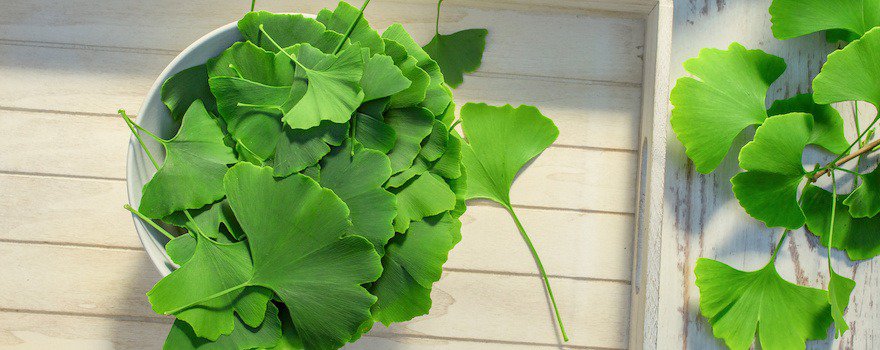
It is the leaves of this tree, native to China, that contain the active principles responsible for its benefits. The ginkgo biloba notably contains quercetin, a flavonoid (skin pigment) with antihistamine properties.
Recipe ideas: as a decoction with 2 to 3 cups per day, using 2 teaspoons of dried leaves in a liter of water.
5. Tarragon
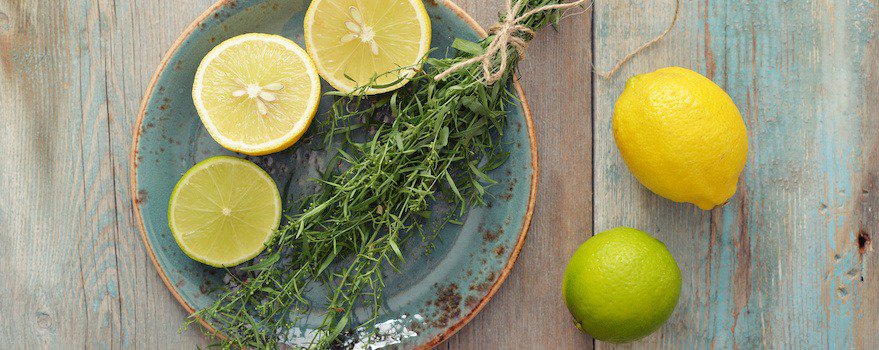
This aromatic plant is part of the Asteraceae family, which includes artichokes, lettuces, and daisies, for example. It contains coumarin, an aromatic substance that might reduce the release of histamine. Moreover, this plant is rich in flavonoids which can help combat allergy symptoms.
Recipe ideas: a flavorful condiment, it’s an essential ingredient in the famous Béarnaise sauce with egg yolks, vinegar, white wine, shallot, and a little butter. It can also be used to season a salad, flavor poultry, a stir-fried vegetable dish, or an omelet.
6. Moringa

This tropical tree, also called the “tree of life,” originates from the southern foothills of the Himalayas. Moringa leaves are concentrated in quercetin, a natural antihistamine.
Recipe ideas: its powder provides a slightly spicy vegetal taste. It can be incorporated into pastries (like matcha). Or sprinkled on salads, vegetable dishes. It can be mixed into juices, smoothies, plant-based milk yogurt. Its flavor is similar to that of arugula and radish.
Buy organic moringa: my selection
I always recommend organic moringa powder from the French brand Amoseeds. It comes from a small cooperative situated at 2000 meters altitude in the Himalayas, India.
I recommend Amoseeds to those around me for a simple reason: its founders source directly from local organic cooperatives. They therefore offer very high-quality products, at a lower cost.
As we are partners with this brand, you can use the promo code “DARWIN” to get 5% off all their products (and up to 25% for group orders).
❤ I love: The excellent quality/price ratio, the controlled origin, and the very positive reviews from the brand’s customers.
★ Customer reviews (Trustpilot): 4.4/5
☞ Quantity: 500 g / 3 months of treatment
✔ Discount code -5%: DARWIN
7. Capers

Produced from the flower buds of the caper bush, they are the largest source of quercetin. They contain up to 180 mg per 100 g! Thanks to this content, they have antihistamine effects.
Recipe ideas: you can stuff eggs with capers and anchovies, make a sauce by blending capers with olive oil and mustard. They also incorporate well into savory cakes or fish-based dishes, such as a skate dish.
8. Onion
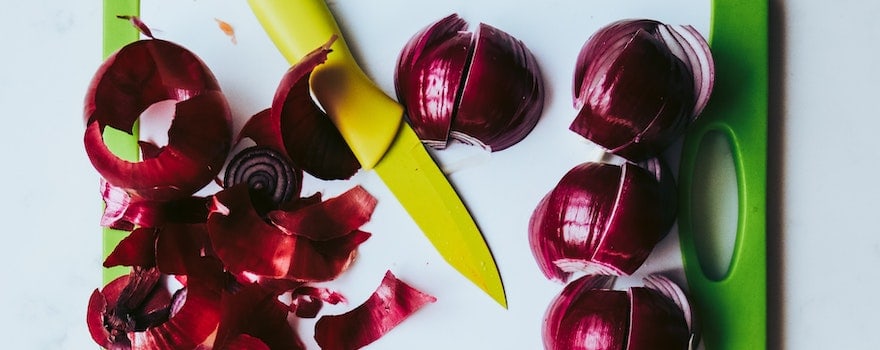
The onion is a bulb rich in quercetin, a flavonoid (skin pigment) with antihistamine properties. The more colorful it is, the higher the proportion of this active principle will be. Thus, red onion can be preferred.
Recipe ideas: you can make onion confits, quiches, and even the famous onion soup! To do this, you can add to sautéed onions, broth, white wine, herbs, and some croutons.
9. Apples
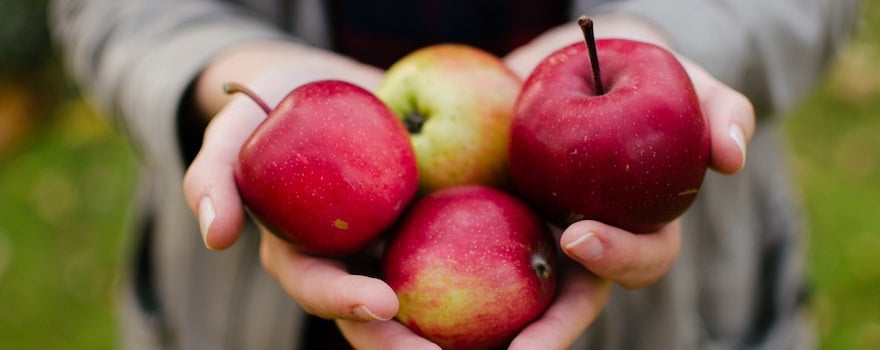
Choose organic varieties to consume their skin, rich in active elements. It contains polyphenols and flavonoids, including quercetin. This antioxidant shows anti-inflammatory properties by relieving allergy symptoms and delaying the onset of histamine.
Recipe ideas: they can be eaten raw to preserve their nutritional qualities. Baked, you can sprinkle them with cinnamon and a bit of cane sugar. In compote, they can be incorporated into our recipes for pies, cakes, or pancakes. In a sweet and savory variation, you can sprinkle a few slices in a salad with beets, feta, and walnuts. Pan-fried, they can accompany a piece of black pudding.
The different types of allergies
Spring is synonymous with the return of sunny days, longer days, and blooming flowers. However, it’s not quite as delightful for those allergic to pollen, for whom spring rather means a runny nose, itchy eyes, and repeated sneezing!
Allergens, substances that cause allergic reactions, are very present in our environment. Dust mites, mold, green plants can make our interiors allergenic.
Allergies are caused by an inappropriate immune system reaction to allergens. Our body overreacts to substances mostly harmless, like pet hair, dust, or certain foods.
There are three main categories of allergies.
Respiratory allergies

Respiratory allergies can be triggered by pollen, dust mites, pet hair, or dust. People who don’t produce enough mucus are more prone to this type of allergy. Because mucus in our nose and sinuses acts as a true barrier that traps air impurities.
Food allergies
The allergens causing food allergies, such as gluten, milk, peanuts, or shellfish, must be mandatorily indicated on the labels of the concerned products.
They are sometimes present in unexpected foods. Some deli meats may contain lactose for example. Even trace amounts of a food allergen on our utensils can literally ruin our meal!
Contact allergies

Finally, we identify contact allergies, which manifest following the use of certain cosmetics, wearing nickel jewelry, using latex, or insect stings. Wasp venom allergies can be particularly dramatic as, unlike bees, they retain their stinger after a sting and can therefore strike at will!
Symptoms ranging from simple redness to anaphylactic shock
Depending on the allergic reaction, the symptoms will vary in intensity and affect different parts of the body. Thus, allergic rhinitis, eczema, and urticaria are common reactions.
A particularly impressive allergic reaction is Quincke’s edema. The skin and mucous membranes on the head and neck region will suddenly swell!
An anaphylactic shock can occur in the most extreme cases with various rapid allergic reactions causing breathing difficulties. It requires emergency care.
What happens in our bodies during an allergy?
Our body can be exposed to allergenic substances in various ways. Through the skin, eyes, nose, or throat, for example.
During the first contact with an allergen, when inhaling a pollen grain, for example, our immune system will be stimulated and produce antibodies. These are defensive molecules produced in response to a foreign substance.
Our immune system considers the allergen as a dangerous invader, similar to viruses or bacteria. Our body will therefore prepare for a potential assault and set up real time bombs.
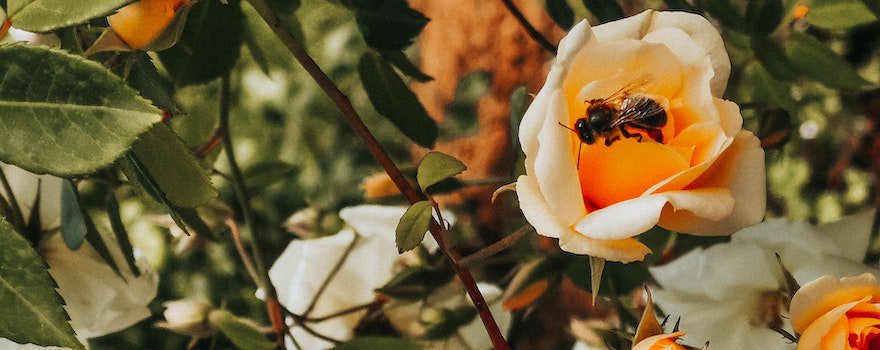
Once a person is sensitive to an allergen after initial exposure, even a very slight re-exposure could lead to severe allergic reactions.
Like an explosion, the body releases histamine, a molecule that spreads throughout our tissues, leading to allergic symptoms such as sneezing and nasal discharge…
Thus, a simple bee sting will cause some skin redness on the first exposure but will lead to eczema and breathing difficulties on a subsequent exposure.
What is an antihistamine?
Antihistamines commonly refer to a class of drugs used to block the action of histamine and thus reduce common allergy symptoms.
They can be used for respiratory, food, and contact allergies. They are available over-the-counter or with a prescription.
They come in different forms. In case of nasal discharge or sneezing, sprays are used, for irritated eyes, drops are used. Tablets, ointments, and gels help reduce symptoms of food allergies or skin reactions like eczema.
N.B: In case of suspected allergy, consult your doctor who will refer you to an allergist if necessary. Some allergic reactions, such as anaphylactic shock, can be serious and require emergency care.




